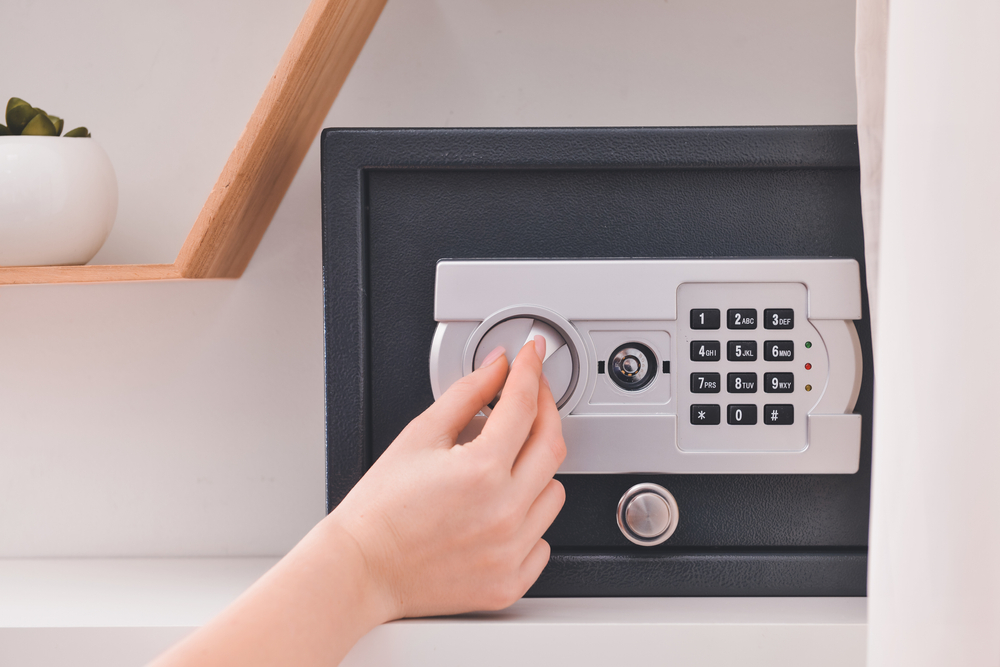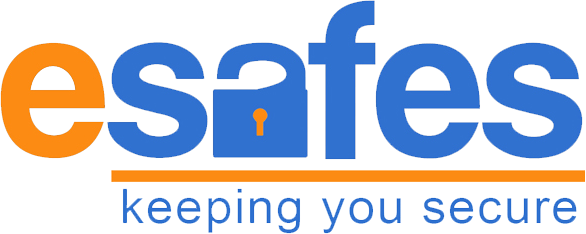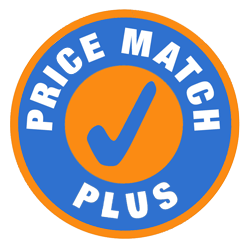
- August 11, 2023
6 Things To Consider Before Buying A Safe
Thinking about investing in a safe?
Whether it’s to protect your personal possessions at home or private and confidential documents in the office, there are certain factors you need to take into account.
Allow the team at eSafes to talk through the factors you need to consider before buying a safe, ensuring your valuables are protected against burglary, fire, floods and other unforeseen circumstances.
1. Size
The first thing you need to think about is the size of the safe you need.
Safes come in various shapes and sizes – making it easy for you to find one that’s perfect for the items you intend to store inside it. We recommend choosing a size bigger than you think you need, just in case you accumulate more possessions over time.
Another reason why it’s crucial to consider the safe’s size is that you need to make sure you have enough room for it. Ideally, you want to position it in a secure spot – somewhere out of sight of opportunists. You don’t want it to stand out like a sore thumb.
2. Type
There are many different types of safes available, offering either burglary or fire protection.
Security safes are designed to protect cash and valuable items from ending up in the hands of burglars.
Fireproof safes protect paper, data and other items that will spoil under extreme temperatures.
Some safes can be installed under the floorboards or in the wall, allowing you to keep your safe and belongings hidden from view, whereas others are freestanding.
At eSafes, we also supply specialist cash safes and deposit boxes which are perfect for securing money around the house or takings from the till.
3. Lock
There are various types of lock mechanisms to choose from, suiting different people and environments.
For example, key-operated safes are inexpensive and simple to use. The only downside is you have to remember to carry your key and keep it in a safe place – otherwise, unauthorised personnel will be able to access the contents of your safe.
A safe with a digital lock requires you to enter a PIN that you can set and change whenever you like. This type of lock is often preferred in the workplace, where multiple people need to access the safe at different times. It saves them from having to find or wait for the person with the key. Though there’s a risk of the batteries running out, most keypad safes have a low battery warning.
Fingerprint (biometric) locks are another popular option. Requiring no keys or codes, users simply need to place their fingerprint over the reader. If their fingerprint is recognised on the system, the safe door will open. If it’s not, it will remain shut. Ideal for large corporations, reducing the need to have several keys cut for staff members, but also more convenient for homeowners.
4. Cash/insurance rating
Every safe is given what’s known as an ‘insurance rating’. This indicates the level of security provided by the safe and the maximum amount of money an insurer will cover should the worst happen.
If you wish to keep jewellery in your safe, you can store up to ten times the insurance rating. That means you can store £30,000 worth of valuables in a safe with an insurance rating of £3,000 in cash.
Insurance ratings only apply when safes are installed correctly and in line with the manufacturer’s recommendations.
If you want to store a high-value item or large sum of money in your safe, check with your insurance company as a higher-rated safe may be required.
You’ll more than likely want to add extra items to your safe – not just cash or valuables – so it’s worth choosing a rating that’s 30% higher than your current needs.
5. Price
Before you commit to buying a safe for your home or office, it’s worth checking the price tag first.
At eSafes, we pride ourselves on offering competitive prices across the board, but these can vary depending on the brand, size, type and features.
Our best advice is to set yourself a realistic budget and consider which features are most important to you. Then, using the filters on the left-hand side of our website, you can narrow your options down – revealing only the most suitable models.
6. Installation
Think you’ve found the perfect safe for your home or business?
Before you add it to your online basket and check out, you need to make sure there’s enough swing room for the door to open.
Bear in mind that most safes are hinged on the right-hand side. The last thing you want is to squeeze it into a tight gap in the room and not be able to access it fully.
Also good to know that lighter safes are delivered to your door for you to move and position yourself. If you opt for a heavier safe, our team can deliver it to any room on the ground floor.
Some safes have pre-drilled holes to aid the installation process, so definitely keep an eye out for those.
Ready to invest in a safe?
Once you’ve taken the above factors into account, you should be in a better position to make an informed decision.
If you’re still unsure or you need an expert opinion, don’t hesitate to contact the security specialists at eSafes.
We’re always on hand and would love to help you find the best safe for your needs.
Either give us a call on 0800 783 2328 or email info@esafes.co.uk, and we’ll get back to you.
- August 11, 2023



